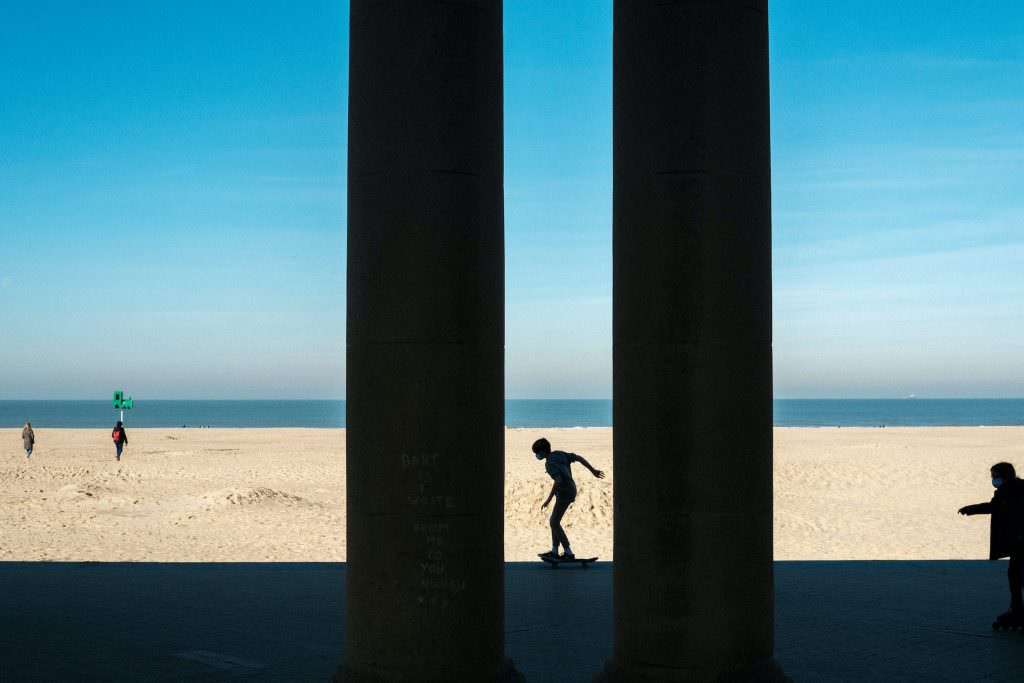Fourth Exibart Street Contest. Discover the Finalists: Jeremy de Salle
Dear Jeremy,
first of all, congratulations! You are one of the ten finalists in our fourth Street Photography Competition in the Best Series category, and we are very happy to have this interview with you. Can you tell us something about yourself and about the finalist series? What was the main source of inspiration for this photo series? What did you hope to communicate through these images?
I’m from Brussels where I take most of my pictures, mainly in the center of the city where it is more crowded. I try to take pictures of everyday life in an instinctive process, to be in the moment. The pictures in the series are taken in Belgium except one, with the green balloon which is from Rome where my wife is from. My main source of inspiration is astonishment, the surprise of discovering an unexpected image that presents itself to me. I wanted to present a series with a certain graphic impact, photos with a simple and effective composition taken at the decisive moment. I hope that these photos arouse curiosity and humor, and that the viewer finds that inner vibration that made me press the shutter button.
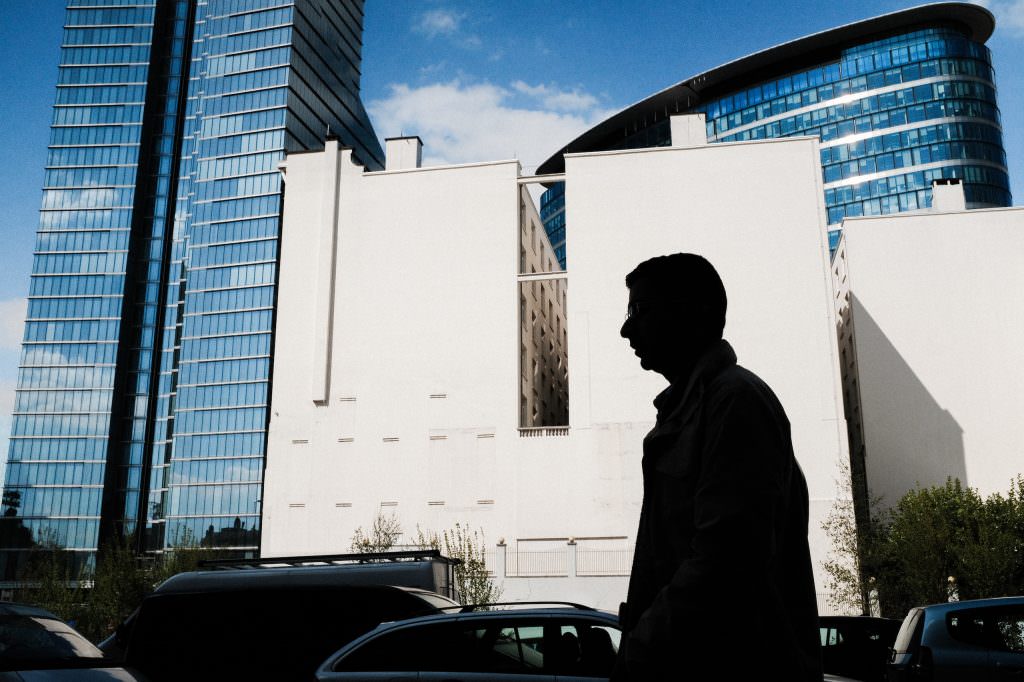
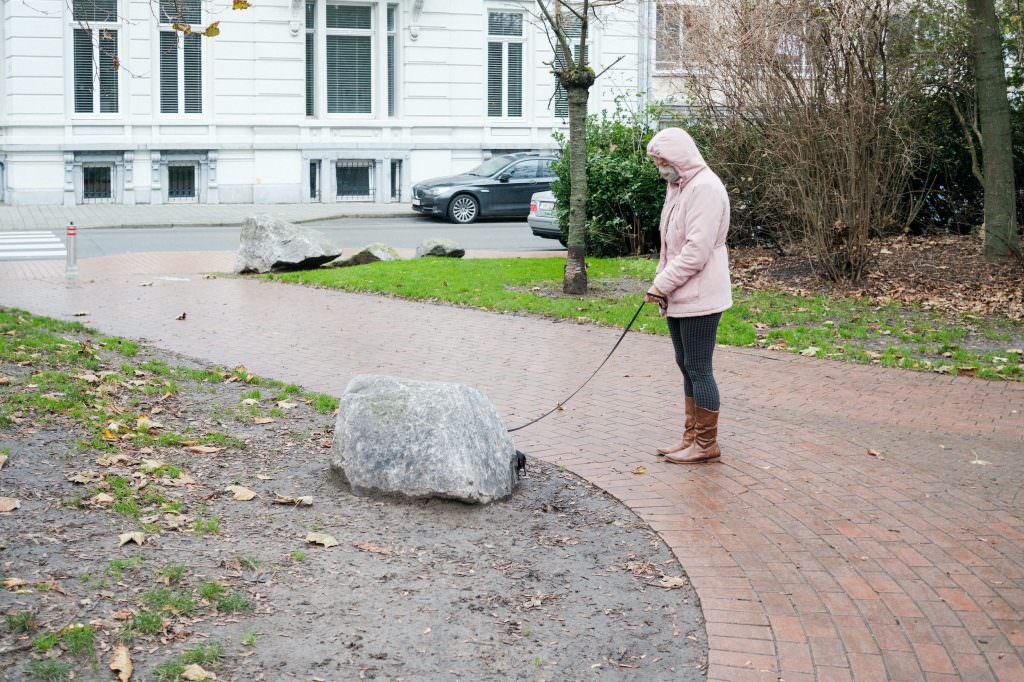
How do you choose the subjects or scenes to photograph?
Anything that catches my eye is practically subject to photography. Sometimes it comes down to not much, a detail, an interaction, an attitude, a pose, an atmosphere. I learned to stop thinking too much while shooting; I’m more instinctive. Thinking is done in a second step at the editing. I take candid photos while walking and passing people. I rarely stop to work on a scene.
Is there a theme or thread you follow when creating a new series?
When I photograph, I focus on people. In this series, they form the link between each image, and I also try to make an element echo between the images. I conclude with an image at dusk echoing the first image, both with columns.
Color seems to play a significant role in many of your photographs. How do you use color to influence the mood or message of your images?
Color has a strong emotional impact; it immediately catches the eye, red particularly. As soon as someone puts on red shoes, lipstick, or a bright red hat, I trigger—it’s immediate. Belgium is a colorful country, especially since it rains a good part of the year! I am probably all the more sensitive to beautiful lights and strong colors. I have almost monochrome images which make a colorful element stand out even more.
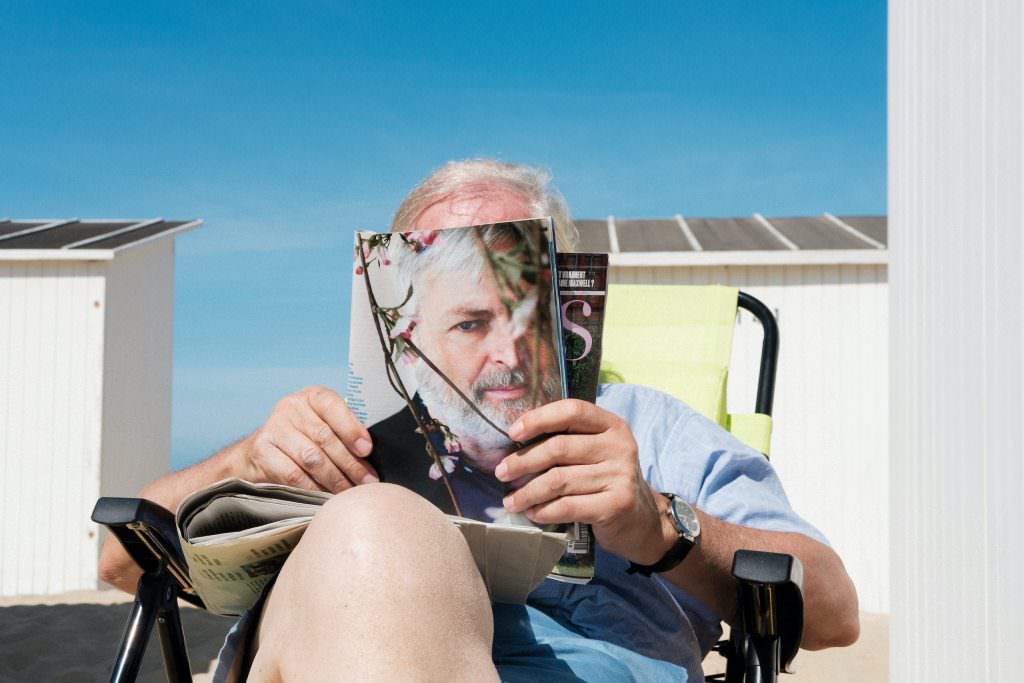
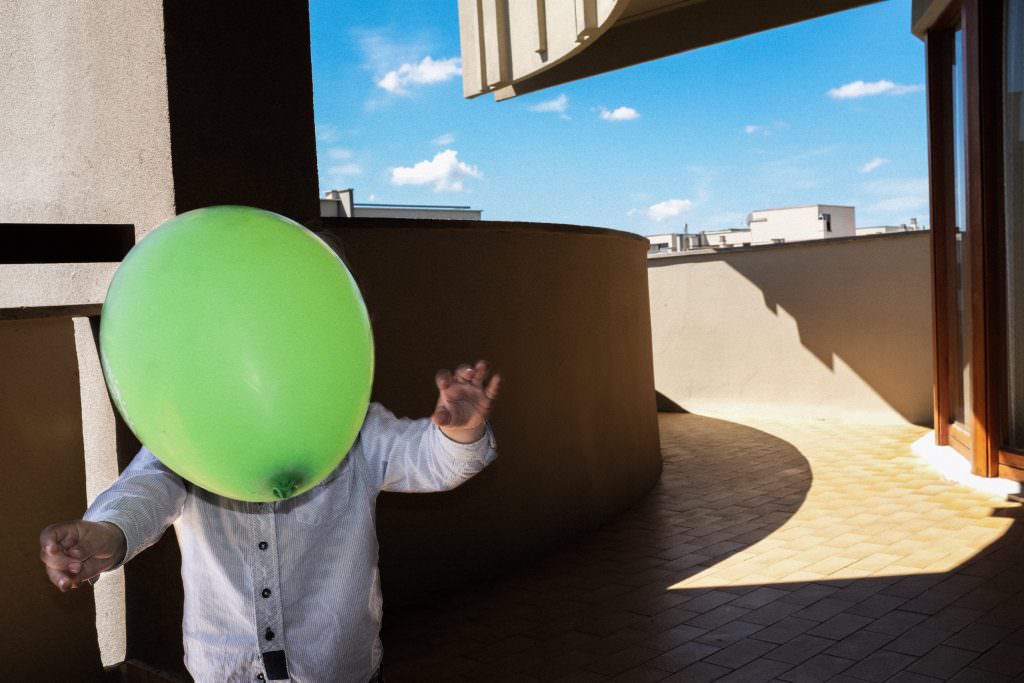
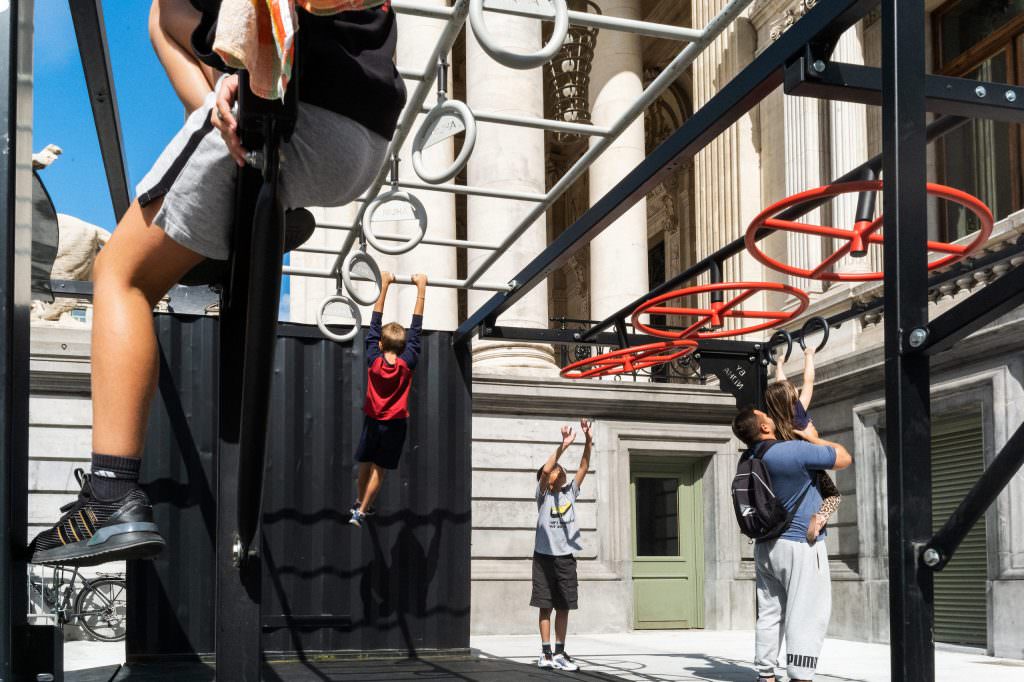
Many of your images capture everyday details that often go unnoticed. How do you decide which details to include and which to leave out?
I try to photograph quickly, and often certain details appear during editing. I got an image of a man sitting on a bench; he looked sad, and when I saw the photo on Lightroom, I discovered the word “courage” engraved on the bench. The detail that justifies the photo, without which I would not have kept it in my selection.
Can you describe some of the photographic techniques you use to capture the atmosphere and moment in your photographs?
There is no particular technique, being attentive to what surrounds us, the ephemeral and the random. Be technically ready and sensitive. The composition is a matter of light and shapes, a balance between the lines of force of the image.
“I have been doing black and white film photography for more than 10 years. It was a liberation for me to go digital; film is time-consuming and really expensive. You have to live with the times. Taking photos on film is counterproductive now, especially for street photography.”
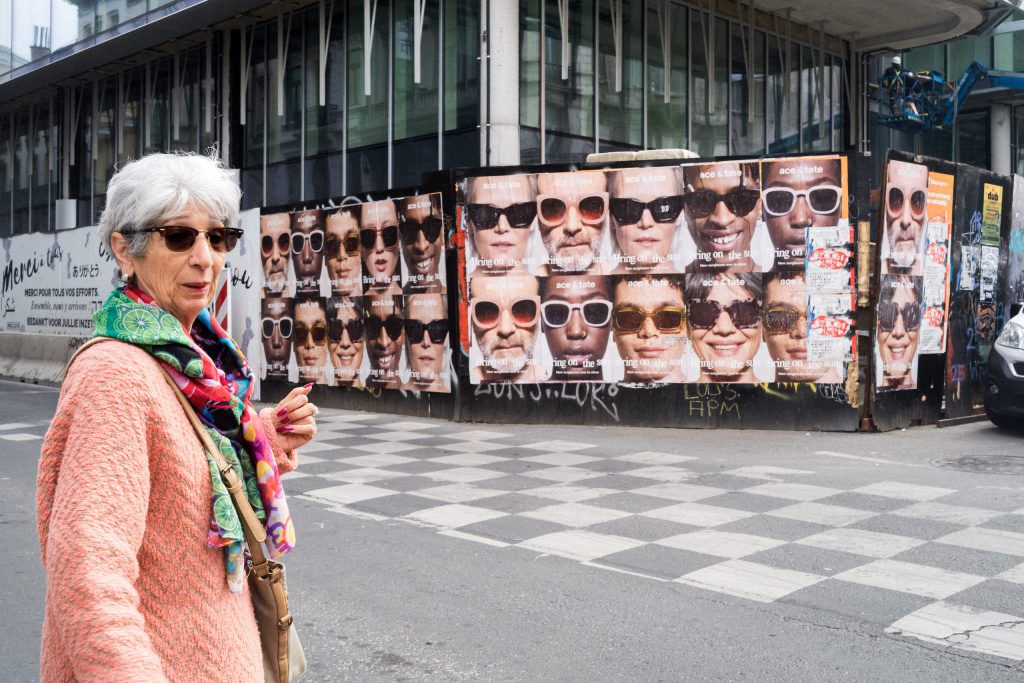
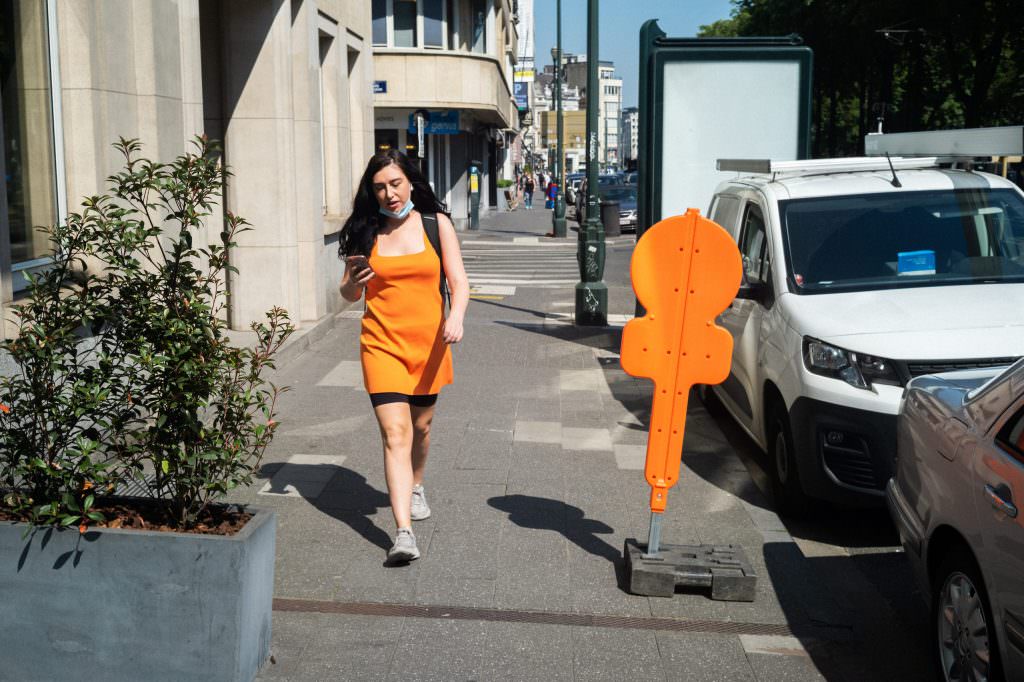
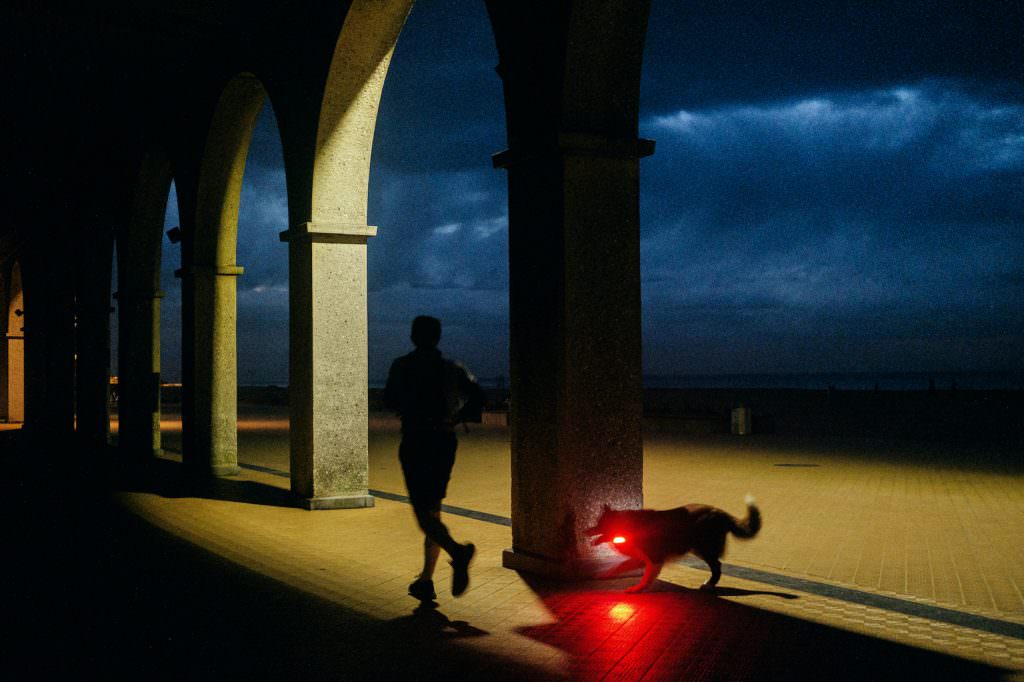
How would you define your photographic style?
A work in progress style!
Have you ever studied at a photography school or are you a self-taught artist?
I studied in a cinema school. It was really dedicated to the cinema and television professions. But the photographic practice was carried out in parallel on a private basis, in a self-taught way, in my home laboratory developing and printing films, and also through exhibitions and books.
Who are the Masters of Photography who inspired you most in your photographic works?
There are so many… Bernard Plossu, Cristobal Hara, Mark Steinmetz, Alex Webb, William Eggleston, Nikos Economopoulos, Jeff Mermelstein, Mark Cohen, and a lot of incredible IG photographers: Iontrop, Troy Holden, Pau Buscato, Antonio Garcia, Dirty Harry,…
Do you ever do Street Photography with your smartphone?
No, I need a viewfinder for photography. I can’t take candid photos with an LCD screen, whether it’s a smartphone or the rear screen of a camera. I’m stuck because of a lack of comfort, reflections, ergonomics, and responsiveness. But maybe I have to try harder…
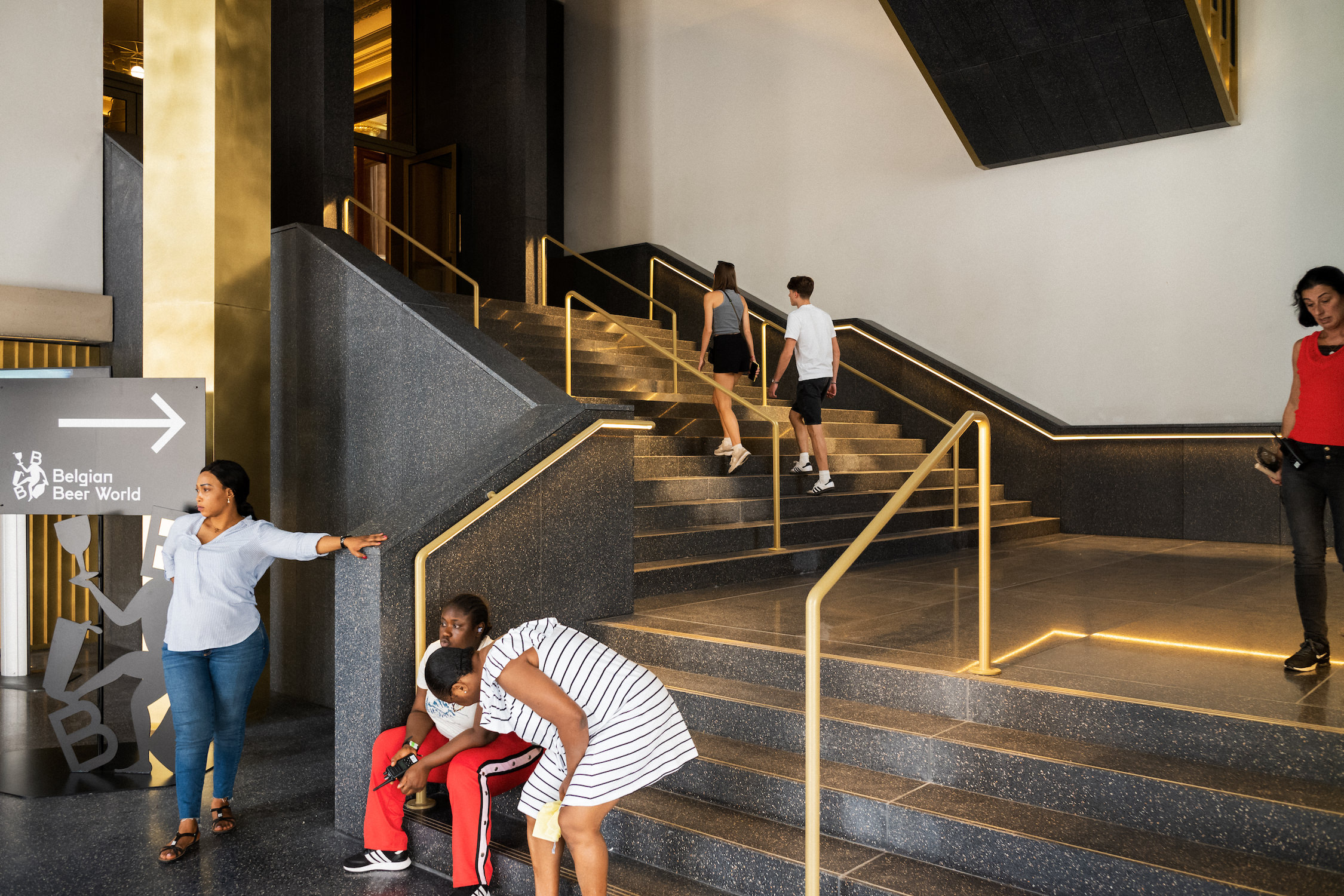
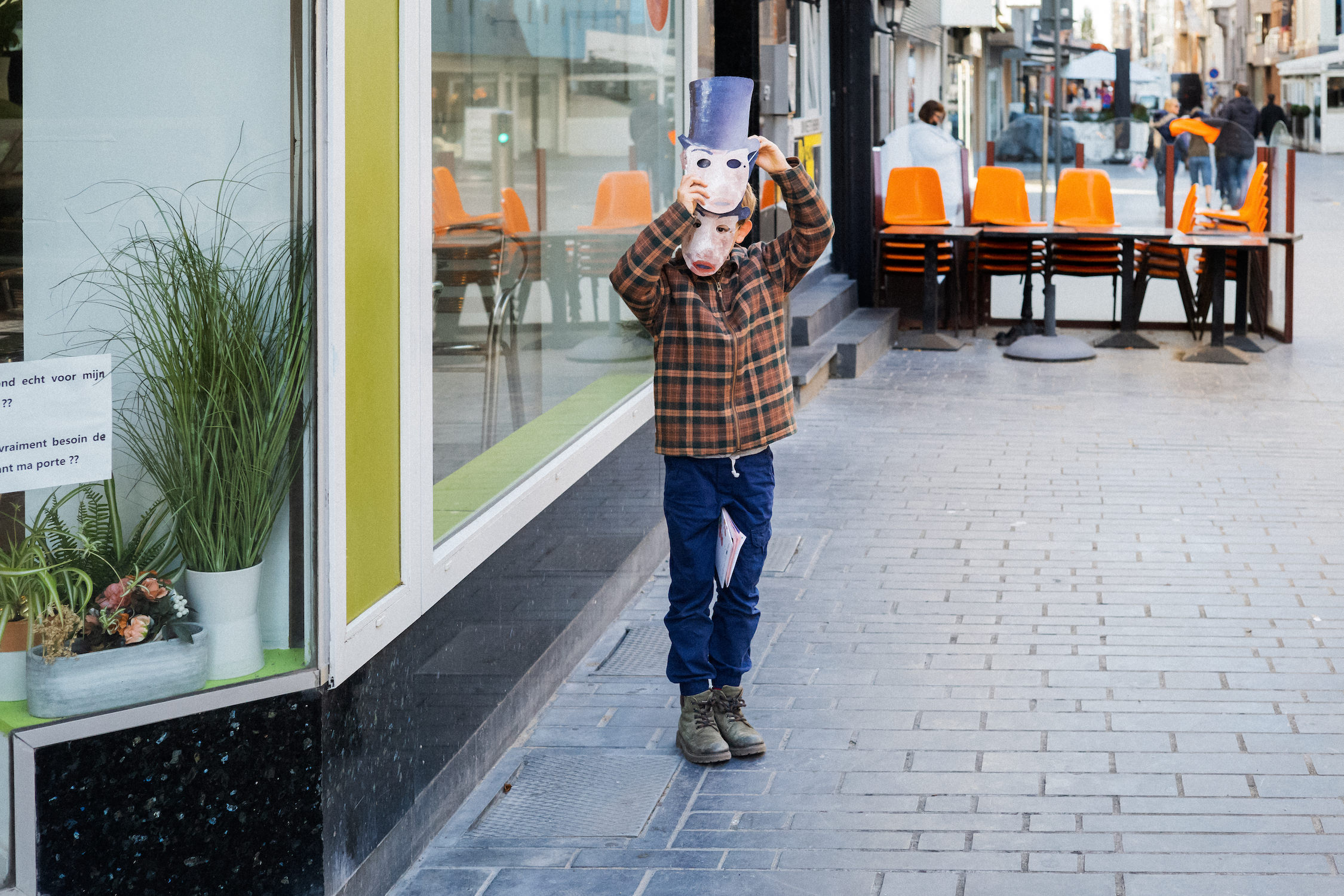
Analog and digital photography. Do you see these as alternatives to one another or the same thing?
I have been doing black and white film photography for more than 10 years. It was a liberation for me to go digital; film is time-consuming and really expensive. You have to live with the times. Taking photos on film is counterproductive now, especially for street photography.
Do you think Street Photography has a more documentary or more artistic value?
Street photography can combine both. Just open the books of Magnum photographers who have worked on very specific themes, carried out reporting, commissioned work, all with a very personal look and style. But it is true that street photography is no longer the prerogative of an elite; it has become democratized, in particular thanks to digital technology. Street photography is a discipline accessible to everyone now, where everyone’s creativity can be expressed and shared easily. But street photography is multidisciplinary because press photographers will practice a more standardized, neutral street photography that articulates their photos on highlights, unlike an amateur street photographer who will be able to express themselves more freely, in a more artistic and personal way.
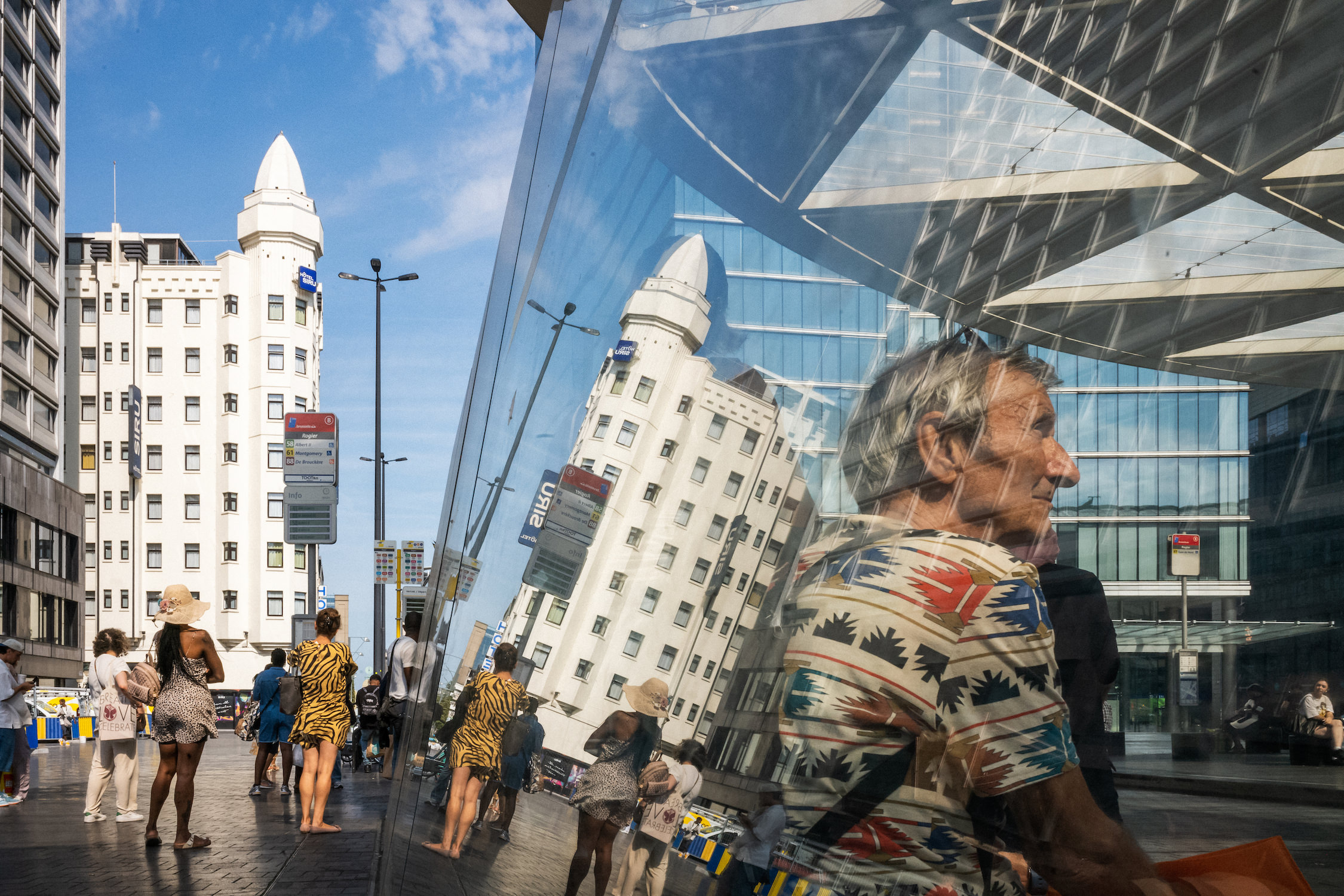
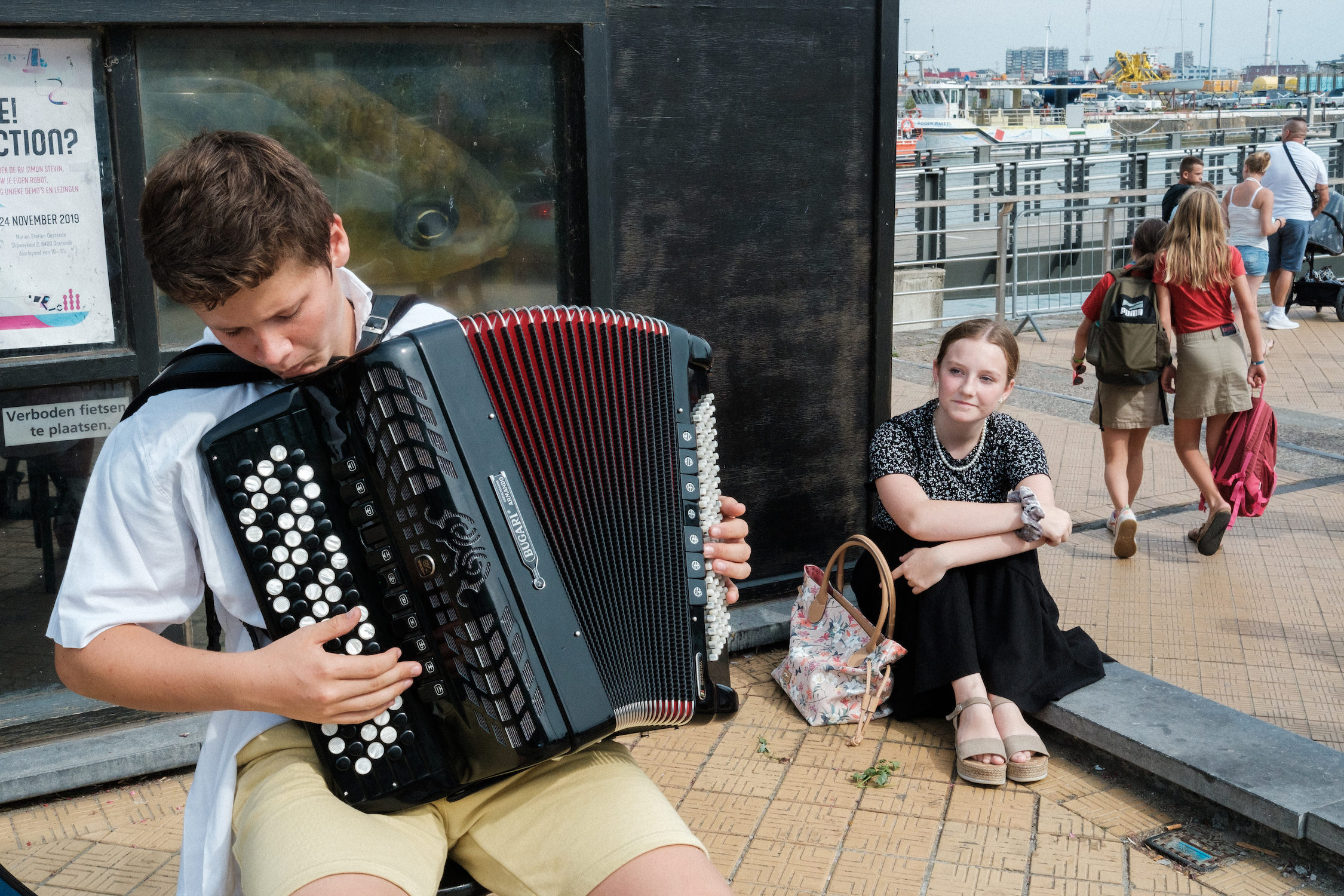
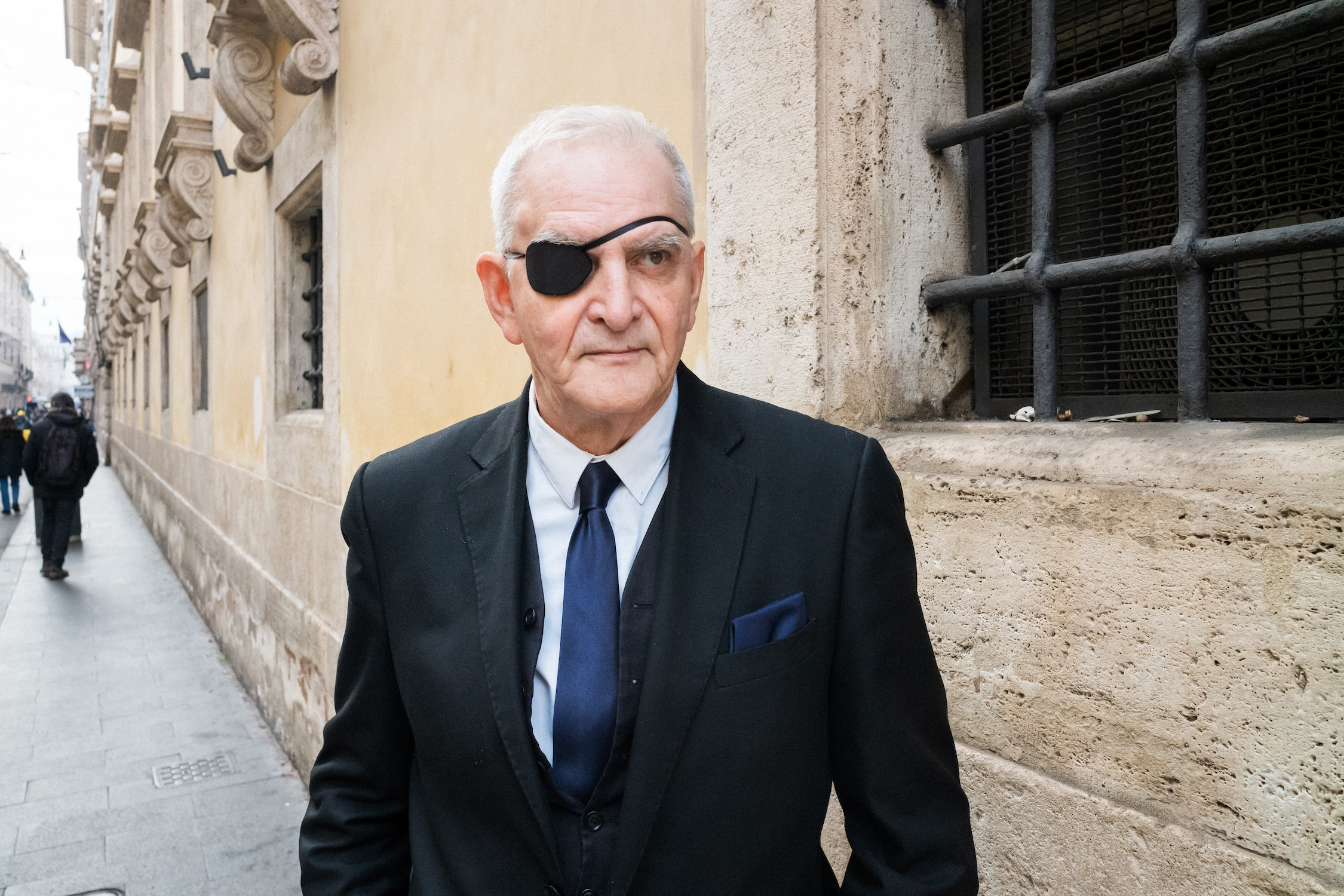
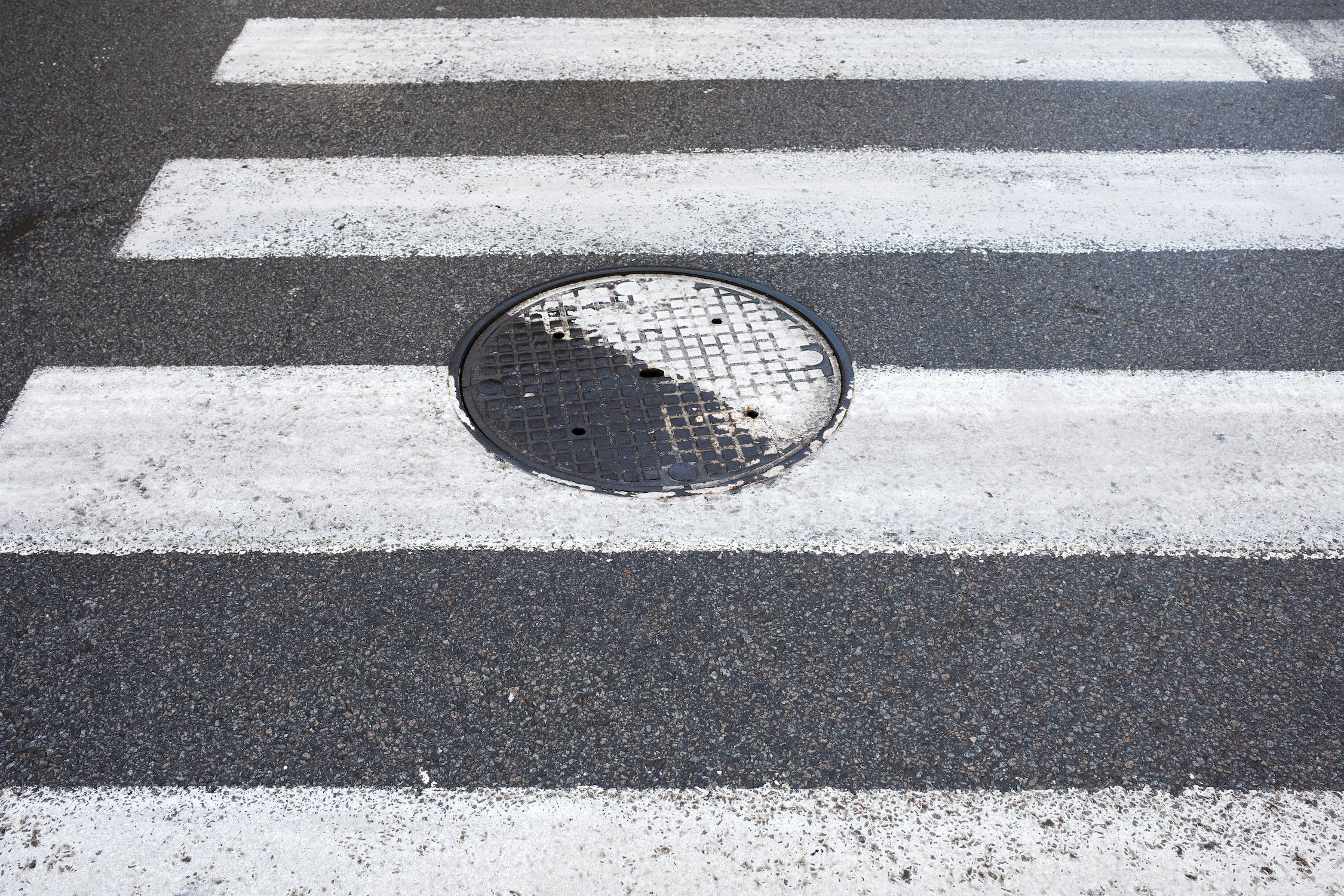
Do you think there are ethical limits in street photography? Do you think it’s possible to shoot everything and everybody? What is your approach in street photography?
Yes, as long as we are in a public space, everything is permitted. Street photography has an interesting sociological dimension; the photo constitutes the trace, the memory of a place, and the reflection of an era. If we can no longer take photos in the street, freedom of expression is violated. Most people invoke their right to their image, but it is not individuality that prevails over the collective. But I am not a fundamentalist of photography; if someone does not accept that I photograph them, I do not insist. I don’t want to put anyone in a bad mood. Photography should remain a pleasure, playful with a touch of adrenaline. I don’t hide to photograph; I’m always close to people, I’m quick, discreet, and most often on the move, which destabilizes the people I photograph because they don’t always understand if it’s them I’m photographing. The most important thing is to stay smiling and not hesitate to communicate and explain your approach.
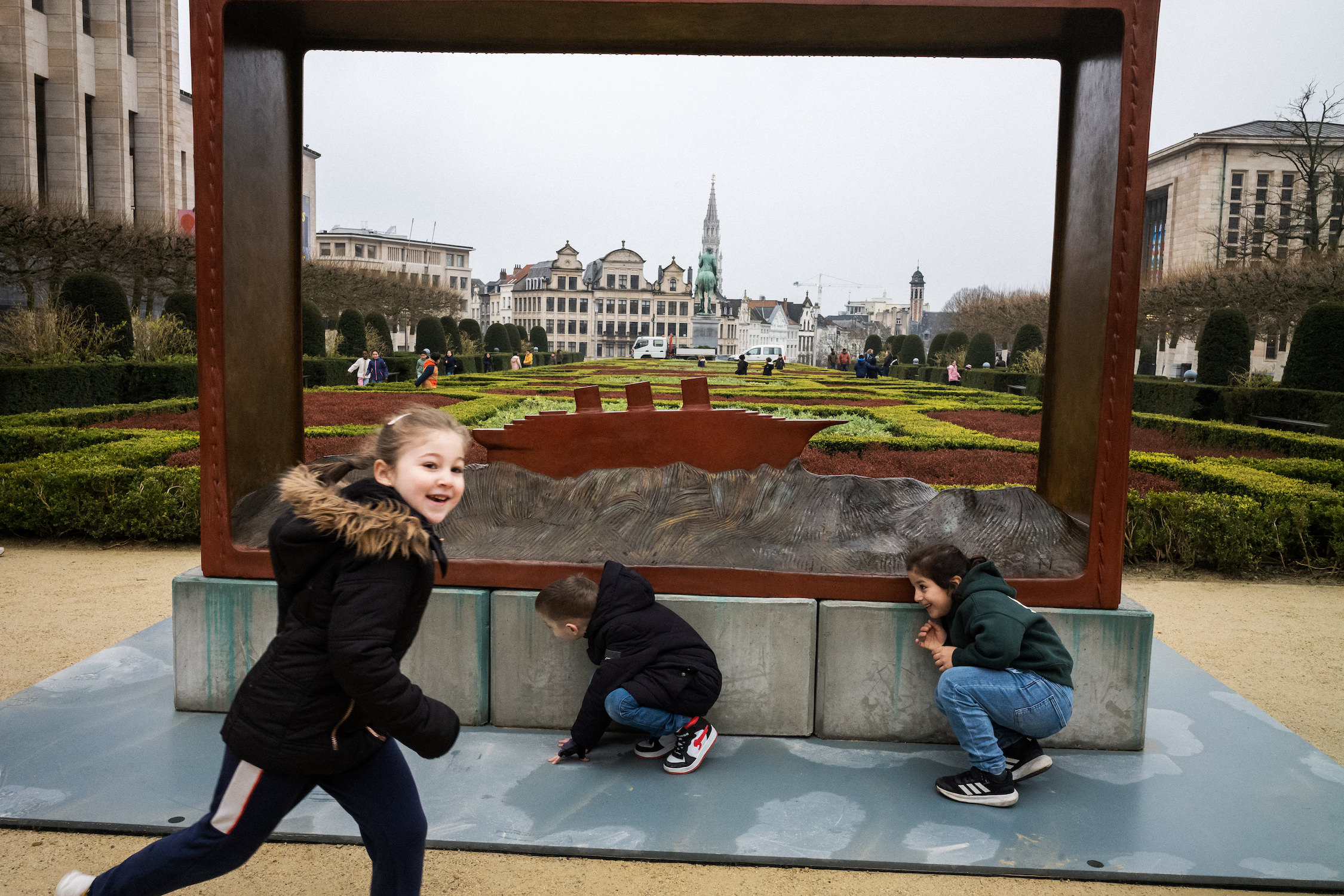
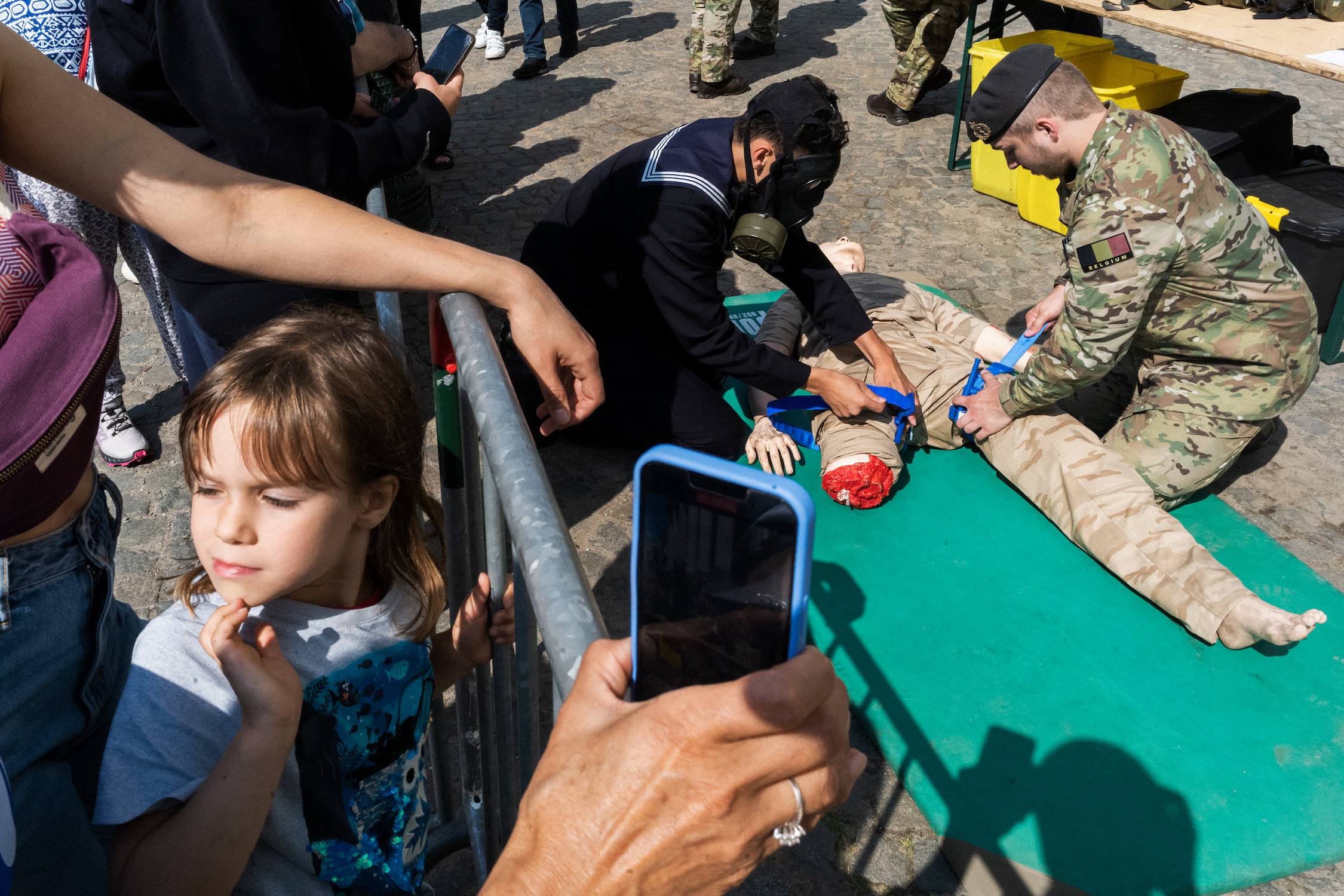
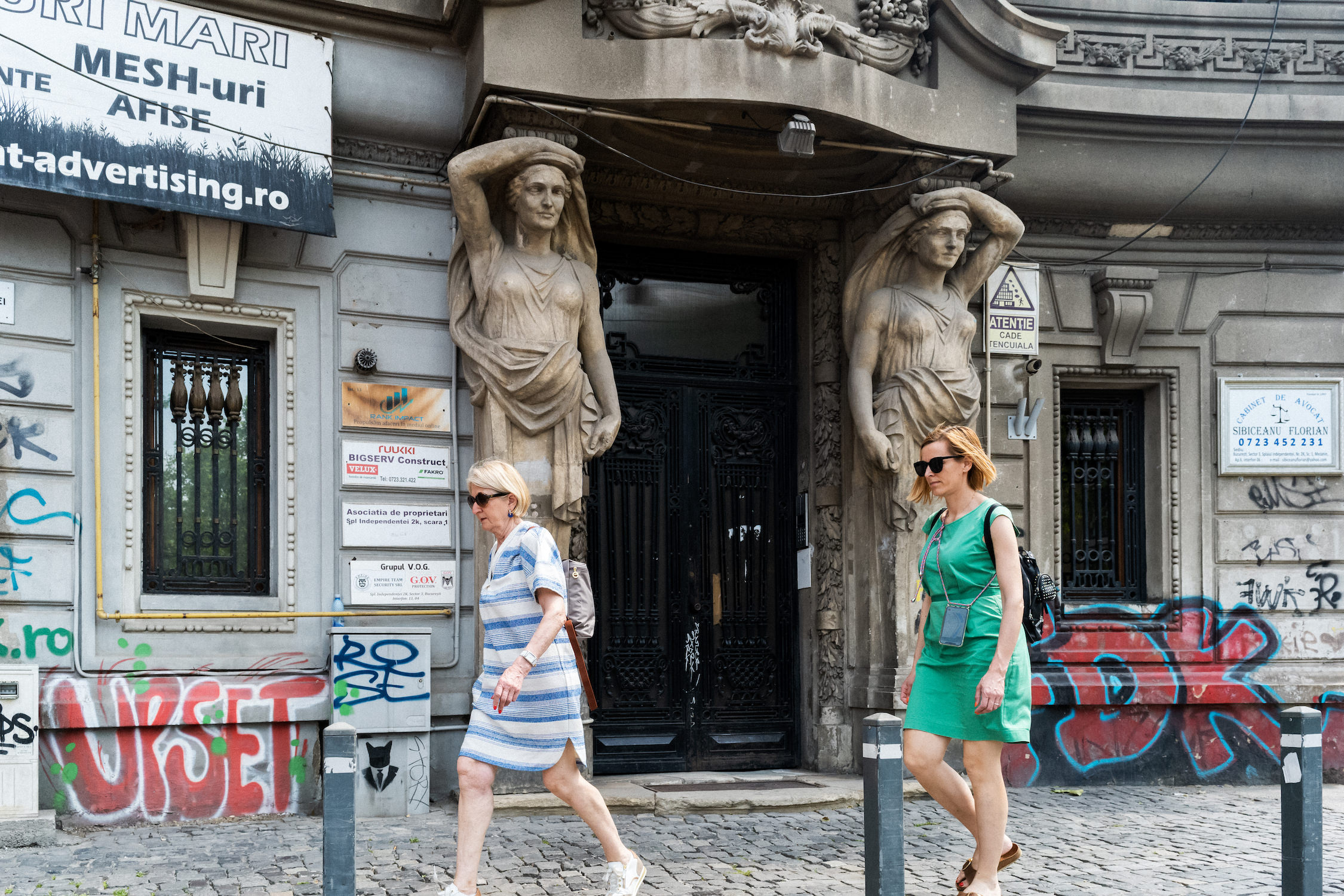
What kind of equipment do you use and what role, in your opinion, does equipment have in street photography?
I use a Leica M10D with a fixed Leica 28MM lens. Sometimes I use a 35 or a 40 mm. I like to be light, with one camera, one lens. It took me a while to switch to the 28mm lens, but it is more comfortable for street photography because it allows for a better inclusion of the subject’s environment. It’s important to have a camera that suits you and that you enjoy photographing with. I like the simplicity of the Leica, especially the M10D, which doesn’t have a rear LCD screen. We return to the basics of film photography: no menu, just exposure, speed, and ISO settings, no autofocus. We concentrate on the essential. And I only use zone focusing for street photography; it allows you to be very fast, and you just have to point and shoot.
If you had to choose one lens that you would have to be using for the rest of your life, which one would that be and why?
I think the most versatile focal length is the 35mm. The 28 distorts too much for portraits.
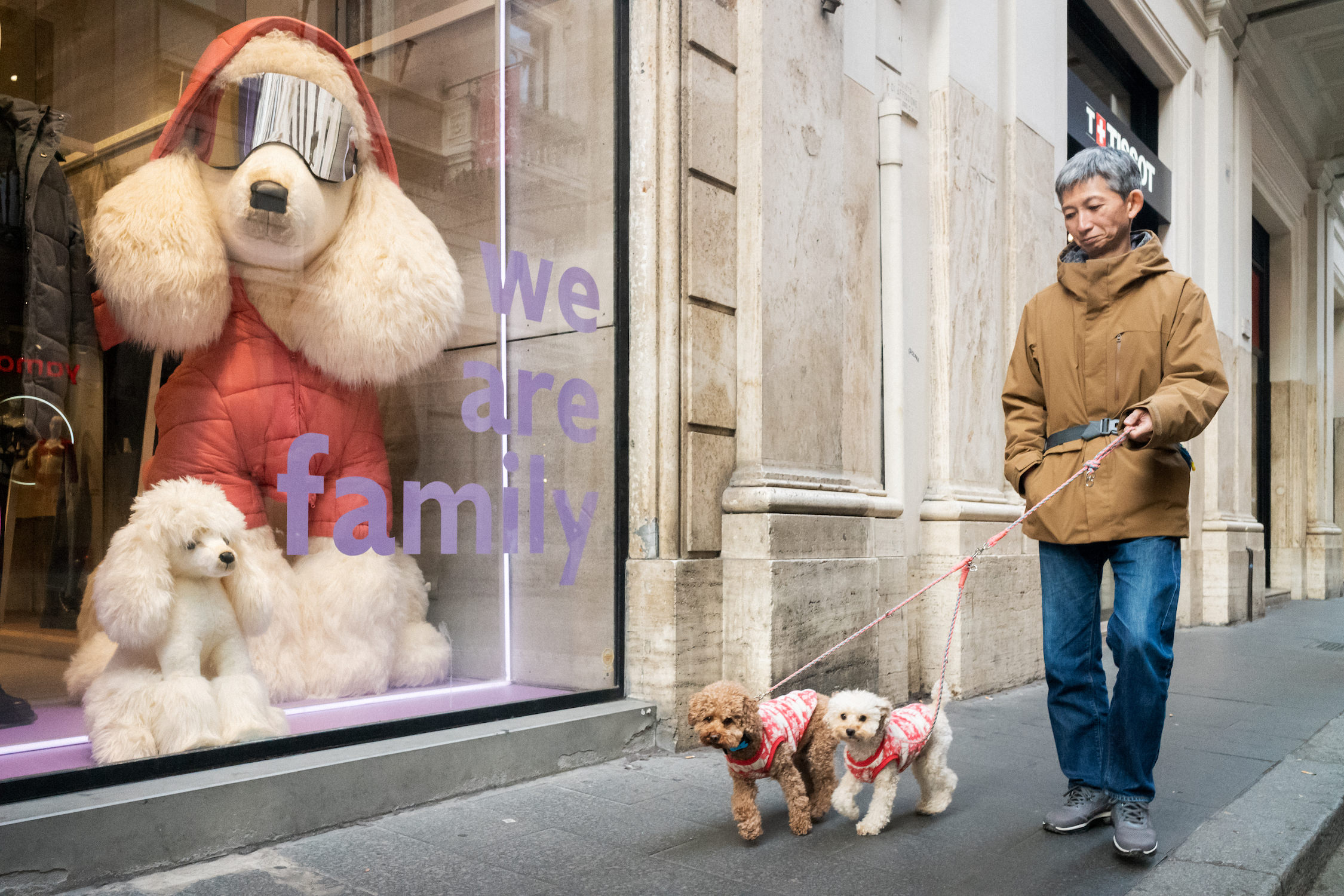
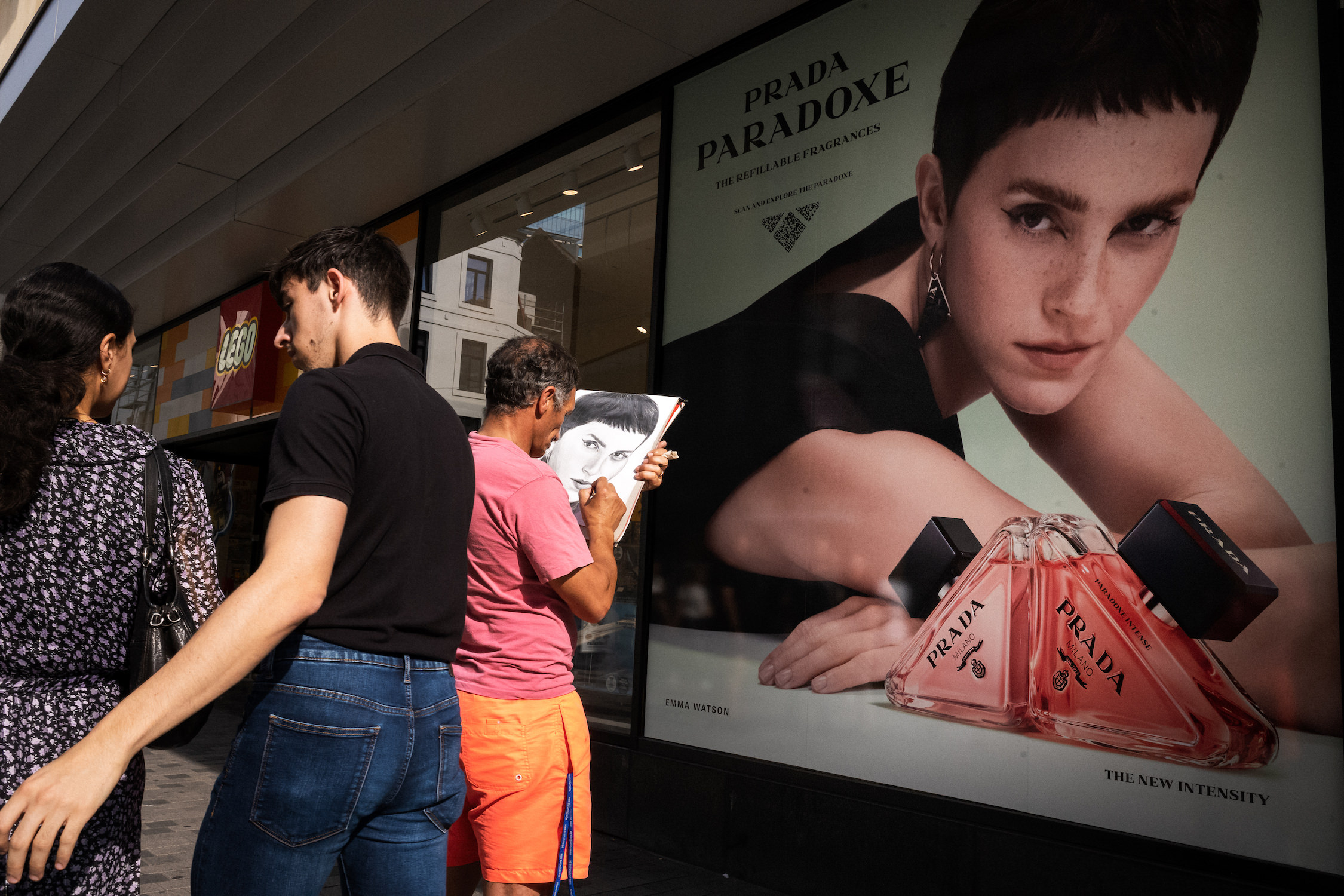
“Content takes priority over form, and the details will justify your image. A good photo is better than a beautiful photo; the moment is essential.”
After shooting, what actions do you take in terms of processing and editing?
I import the photos in Adobe Lightroom. I select the best photos from the session and I correct the RAW files (exposure, contrast, white balance) to export them as jpeg to publish them on Instagram. I like to have control over the whole process. I like to find that same feeling in Adobe Lightroom that I had in the film lab.
Do you have new projects or themes in mind that you would like to explore in the future?
I would like to continue developing a project about the center of Brussels around the Grand Place.
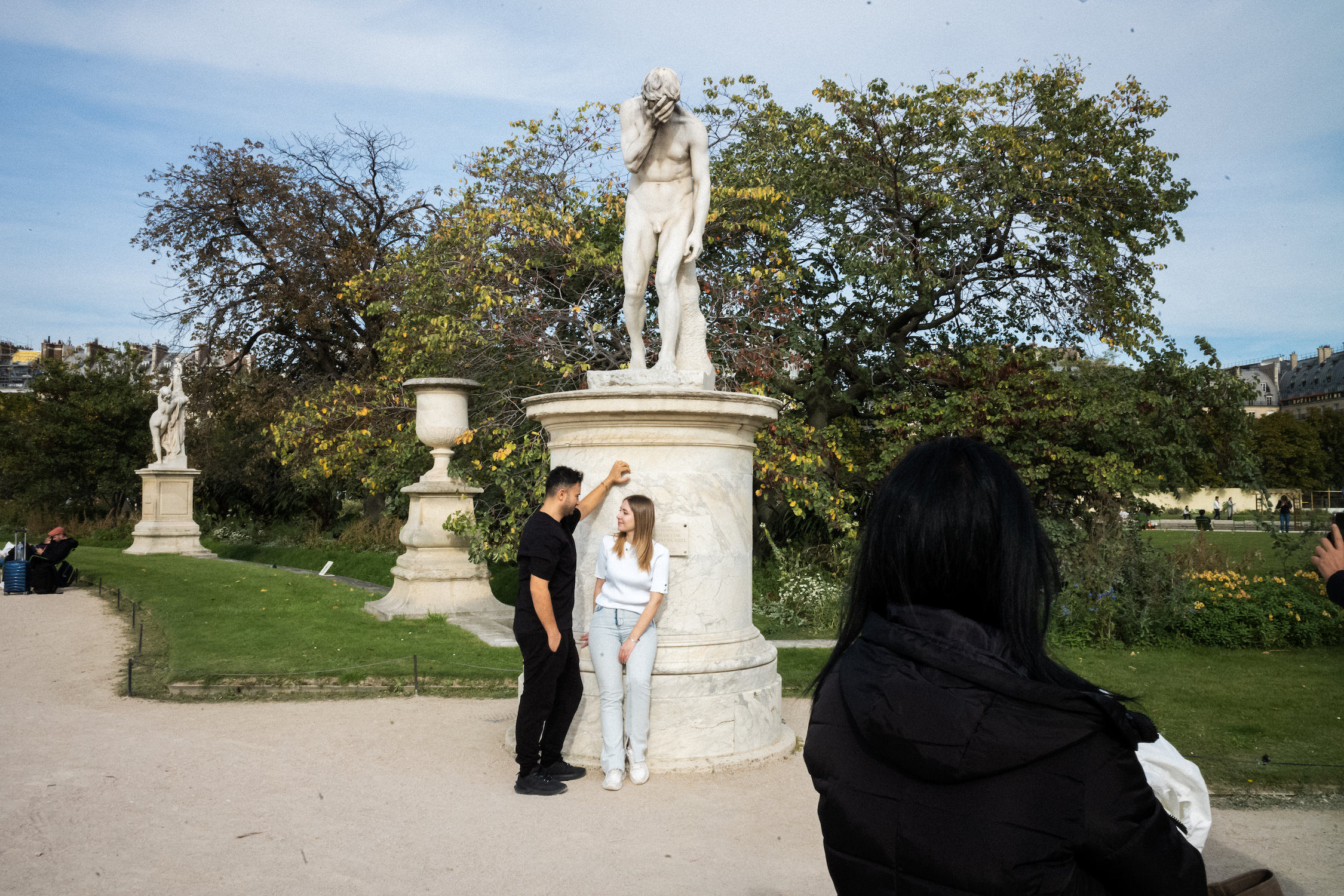
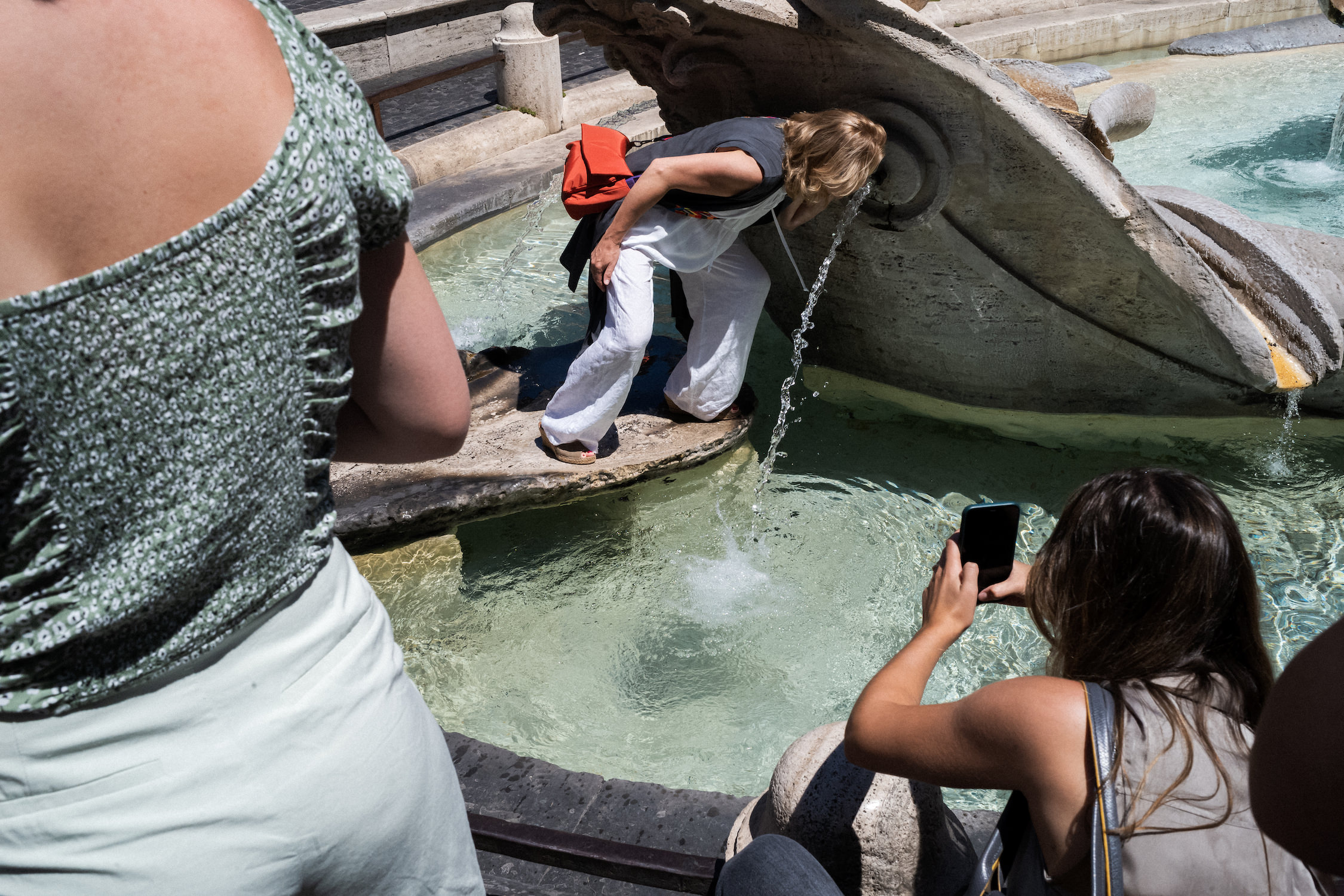
How do you see the evolution of your photographic work?
Keep doing what I’m doing, present series at festivals, make zines in the future.
Which are your favorite photography books?
Bernard Plossu “La Belgique l’air de rien”, Mark Steinmetz “South trilogy”, Alex Webb “The Suffering of Light”, Mike Brodie “A Period of Juvenile Prosperity”, Frank Horvat “1999, un journal photographique”, Harry Gruyaert “Made in Belgium”.
Is there a country or a city that you like to photograph more than others?
Maybe Paris that I would like to explore more.
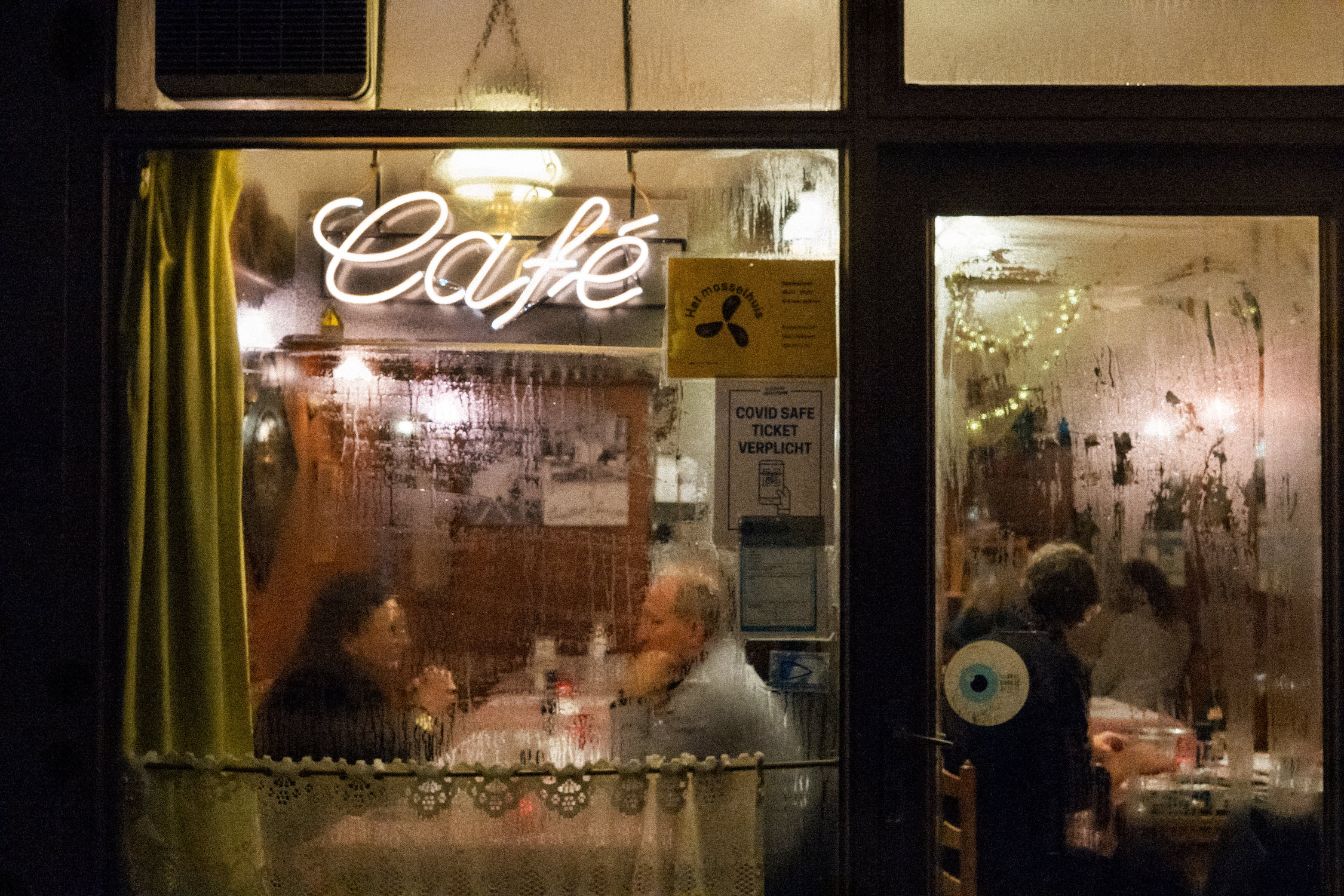
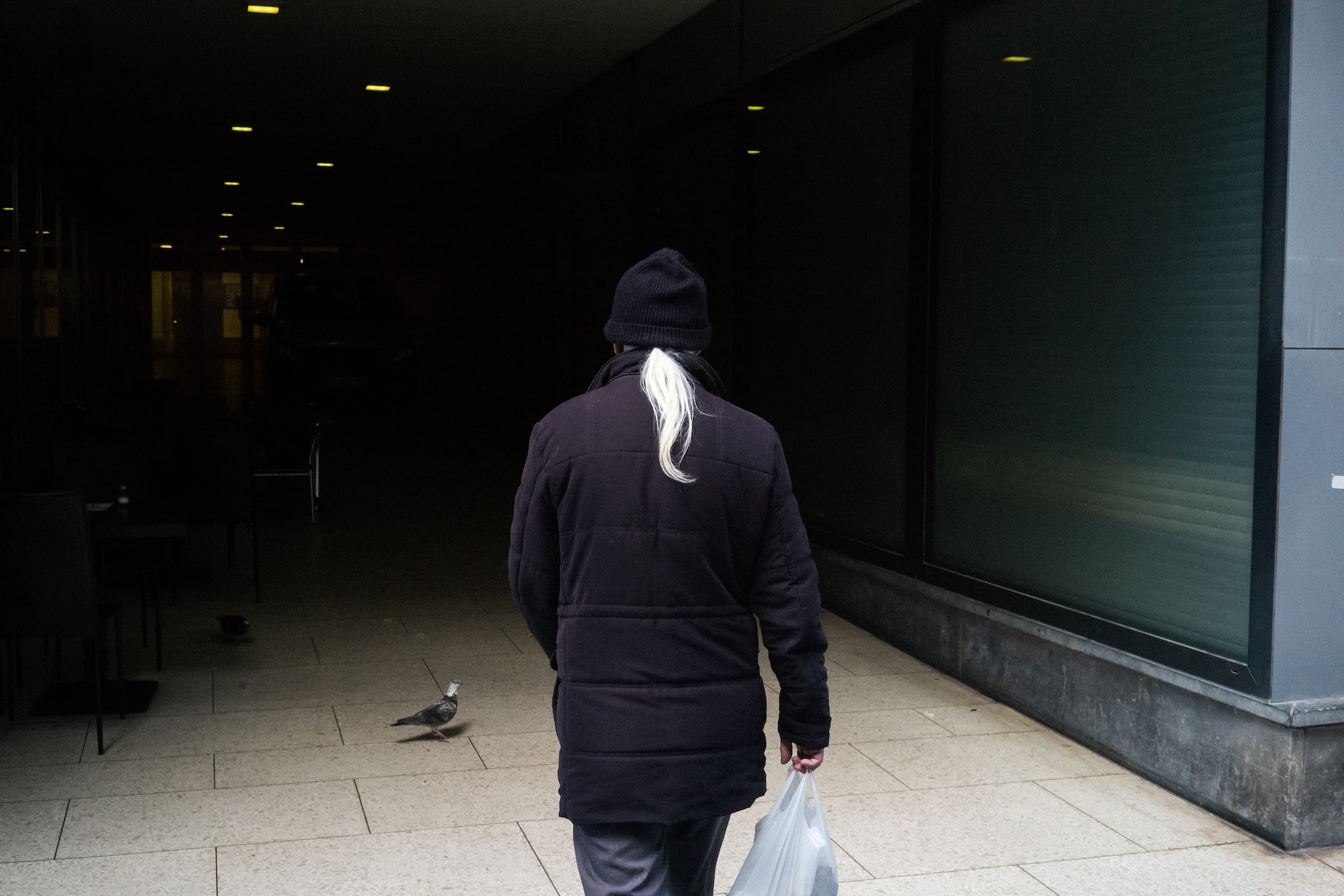
What advice would you give to someone who is starting to do street photography and wants to develop a unique and personal style?
Go out and shoot. Press the shutter again and again. Have a fixed focal length to learn to build your image and have a unity of style. Be cool and ready to explain why you are shooting candid street photography. Content takes priority over form, and the details will justify your image. A good photo is better than a beautiful photo; the moment is essential. Learn from your mistakes, which is why editing is very important. Forget the rules; don’t think too much while you are photographing; be instinctive. Read books.
Thank you!
JEREMY BIOGRAPHY
I live in Brussels, Belgium. I am 47 years old. I work for television as a cameraman and editor. My wife is Italian and I have two children aged 9 and 7. Photography has been part of my life for over 20 years but I have focused on street photography for the last 6 years. Ostend City Photographer of the Year 2021, finalist (Best Series) at the Brussels Street Photography Festival (BSPF) 2023 and at the Dublin SPF 2024.
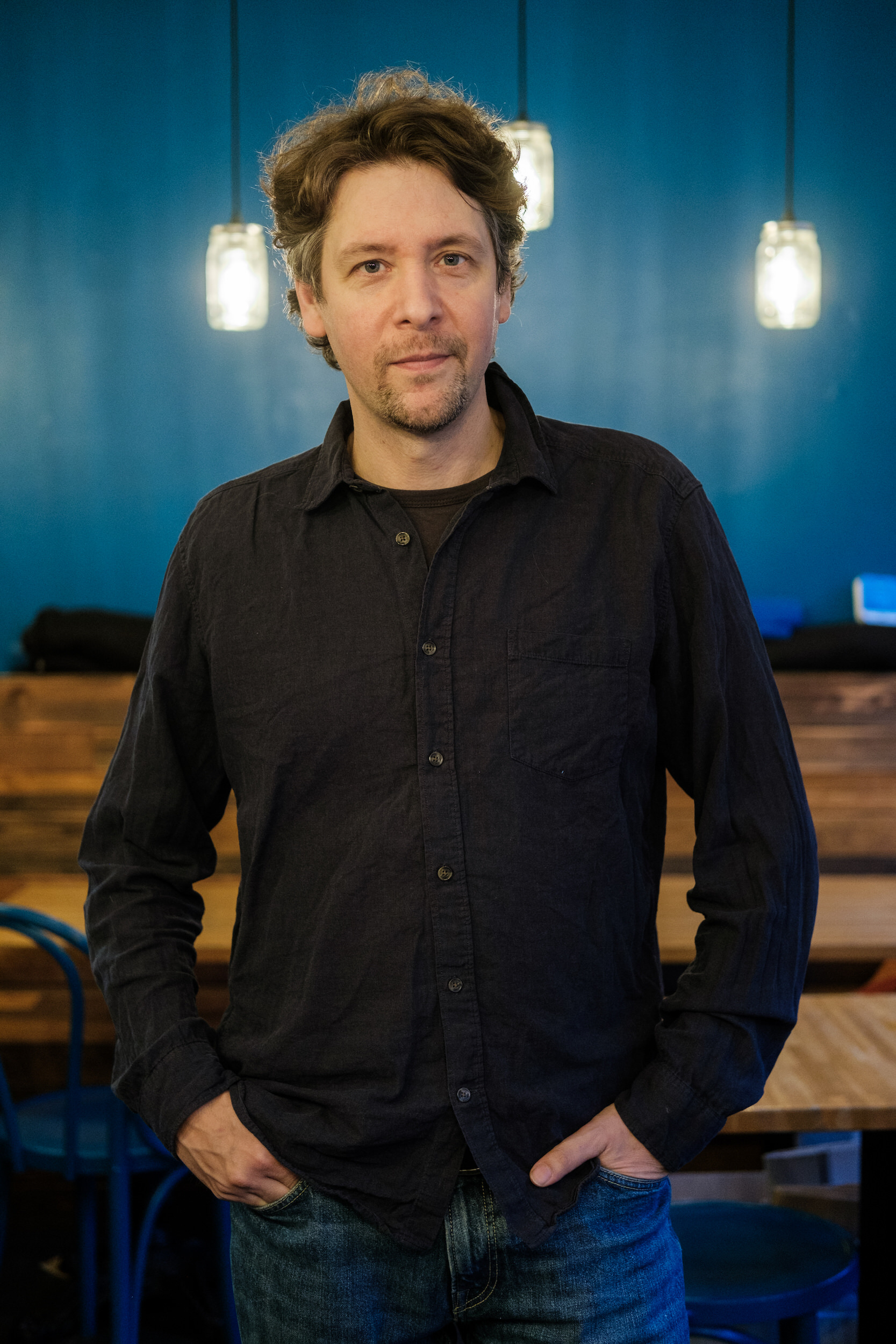
Jeremy Links:
Instagram: https://www.instagram.com/jeremydesalle/

